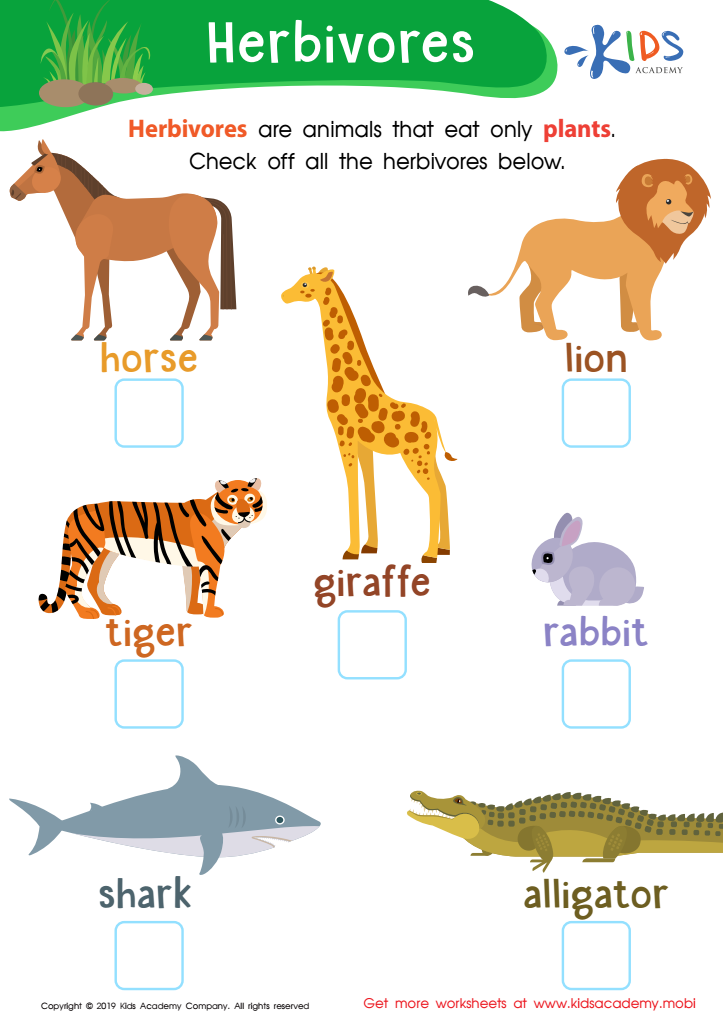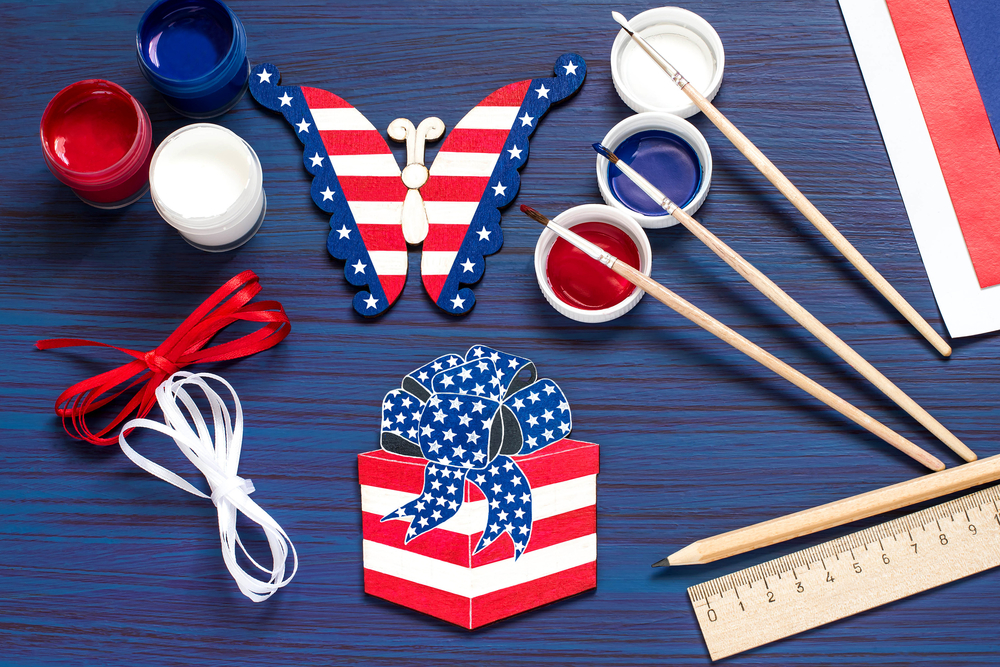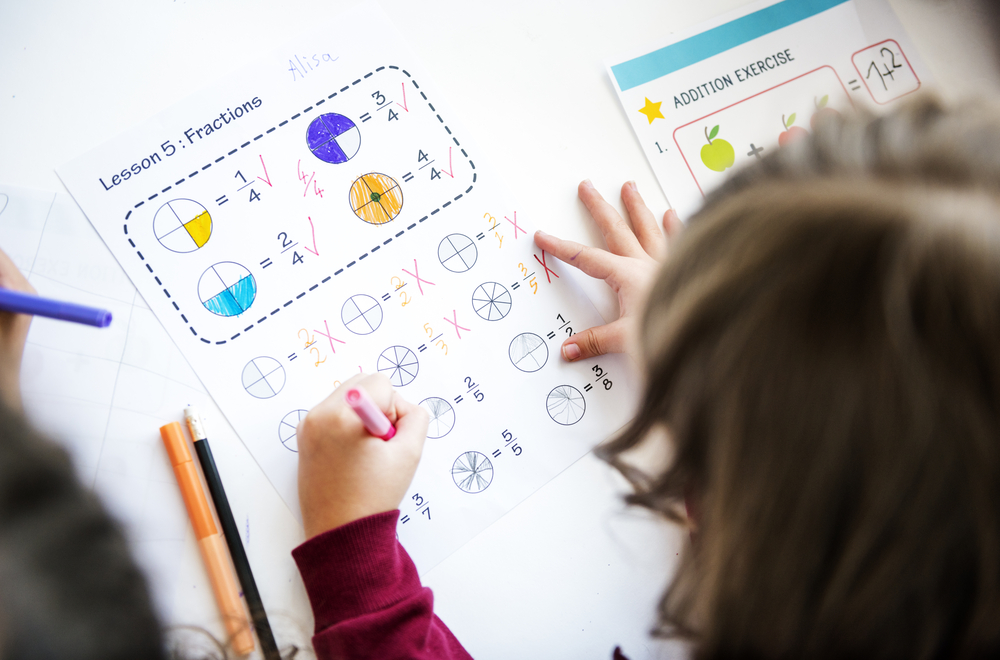Identify different species Worksheets for Kids
1 filtered results
-
From - To


Herbivores Worksheet
Question/Answer
How to test a Kindergarten student’s Identify different species skills?
To test a Kindergarten student's ability to identify different species, use visually engaging, age-appropriate picture cards or real-life models of various animals and plants. Ask them to sort these into groups (e.g., mammals, birds, insects, flowers, trees) or to name them. Incorporate interactive activities like matching games or simple puzzles that feature different species for a hands-on learning experience.
How to train the Identify different species skill in Kindergarten students learning about Plants and Animals?
To train Kindergarten students in identifying different species of plants and animals, start with engaging, hands-on activities. Use picture cards, real specimens, and outdoor explorations to introduce a variety of species. Encourage observation and discussion about differences and similarities.
How does the mastery of the Identify different species skill affect a student's performance at an early age?
Mastery of the "Identify different species" skill at an early age significantly enhances a student's observational, analytical abilities, and curiosity about the natural world. It lays a foundation for scientific thinking, improves classification and critical thinking skills, and fosters a deeper appreciation for biodiversity. This early proficiency can boost academic performance, particularly in science and environmental education.

 Assign to the classroom
Assign to the classroom












